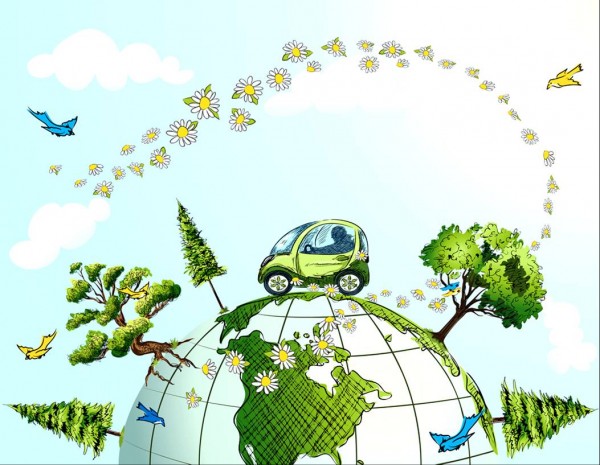 Green is Mainstream
Green is Mainstream
Some time ago, there was a small group of deep green consumers lived on. At present, around 83% consumers standing for each generation, from Baby Boomers to Millenials with Gen Ys – are selected shadows of green. Besides, they’re now referred to as superbly defined sectors of green consumers.
Green is Cool
Green shouldn’t just be seen as mainstream; it should also be looked at through a stylish lens. In reality, green consumers are early leaders who influence buying choices. Generally, celebrities and trendy individuals are promoting green initiatives. People show off by using cloth shopping bags to fit in.
Greener Products Work Equally or Healthier – and are often value a Premium Price
Thanks to significant advancements in technology, we’ve come a long way since the times when eco-friendly products collected dust in health food stores because they didn’t work well and weren’t worth the cost. Now, organic foods, hybrid vehicles, and dependable cleaning products often come with a higher price tag.
Values Guide Consumer Purchasing
In times gone by, consumers bought only on price, convenience and performance. However, in the present time, how products are based, packaged, manufactured, disposed of – and yet such social facets as how industrial unit and farm employees are treated – all matter.
Green Instigates Creative Products and Services that Can Lead to Better Consumer Worth, Improved Brands, and a Reliable Company
Confident managers no longer think about the surroundings to be a lumber that symbolizes increased cost and factory overheads – rather an investment that can reimburse substantially.
A lifecycle Approach is Essential
Solitary traits including organic, recyclable, or energy- effective matter to a great extent, but don’t denote a product as primarily green. Even now recycled products gives rise to waste, organic strawberries can take a voyage of thousands of miles, and CLFs holds mercury. Therefore, a more detailed lifecycle or carbon-based approach to greening is required.
Now the Reputation of Manufacturer and Retailer Count More Than Ever
Apart from noticing reliable brand names on supermarket shelves, consumers are not tossing over packages, saying, “Who makes this brand? Did they produce this product with high ecological and shared banners?”
Save Me
Write off the pictures of planets! Sack the daisies! Nix the infants! Yet the greenest consumers no longer pay money for products “just to rescue the planet.” Nowadays, consumers purchase greener brands to aid looking after their health, hoard money, or as they just work better. For the same reason products such as natural personal care, organics, and energy-efficient products are escorting the way in sales.
Businesses are Their Way of Lives
Once companies were what they manufactured. International Business Machines, General Motors and General Foods. Today, businesses and brands means what they denote. Starbucks. Method. Timberland.